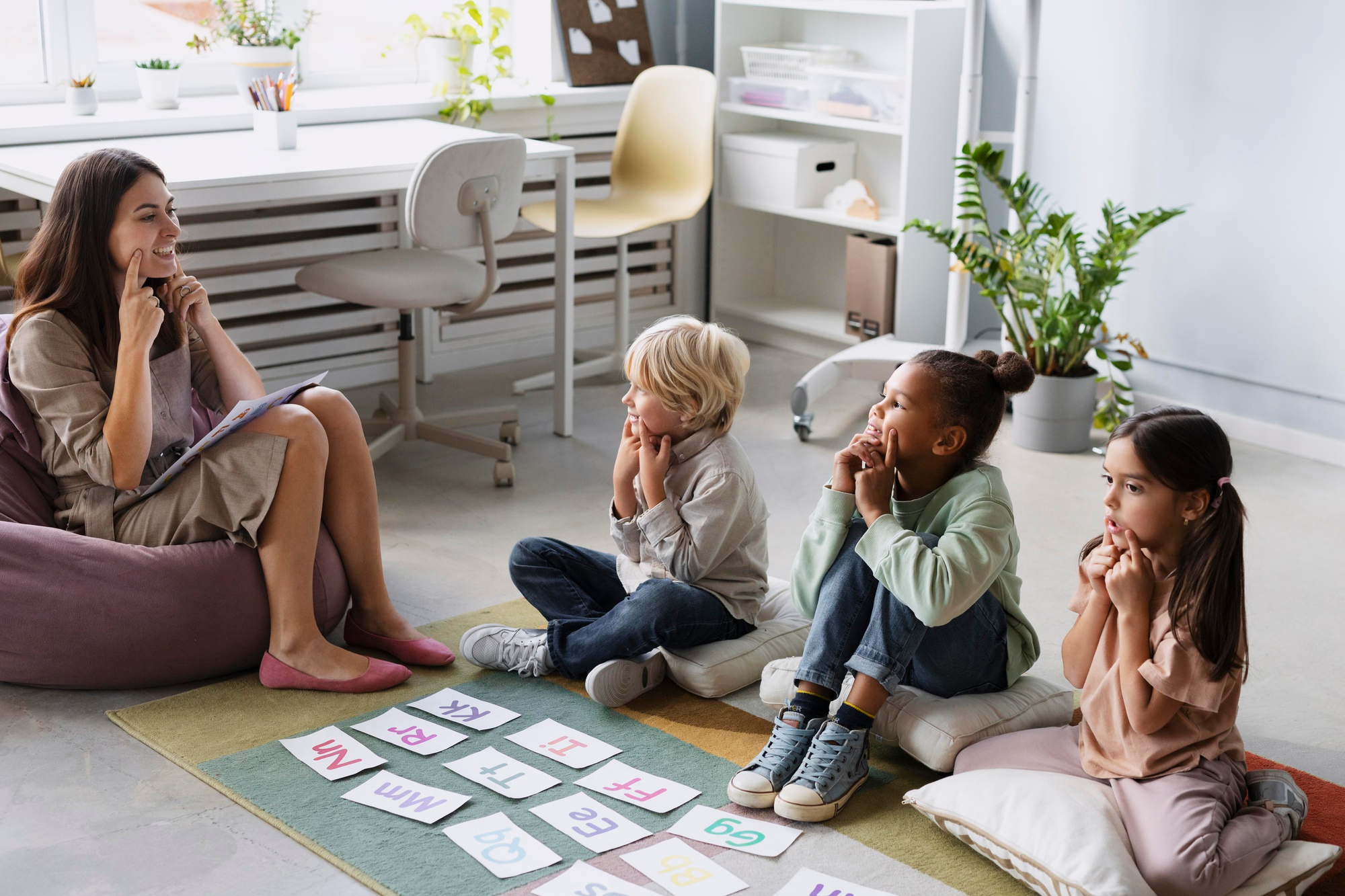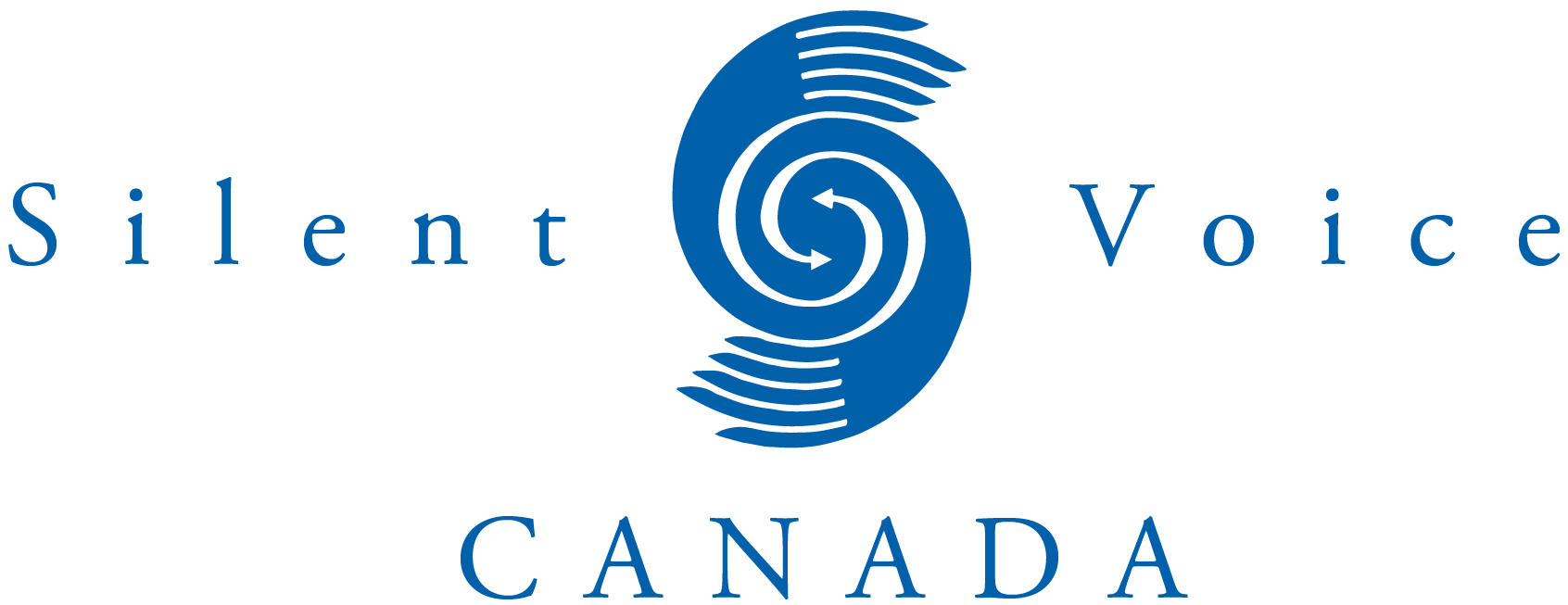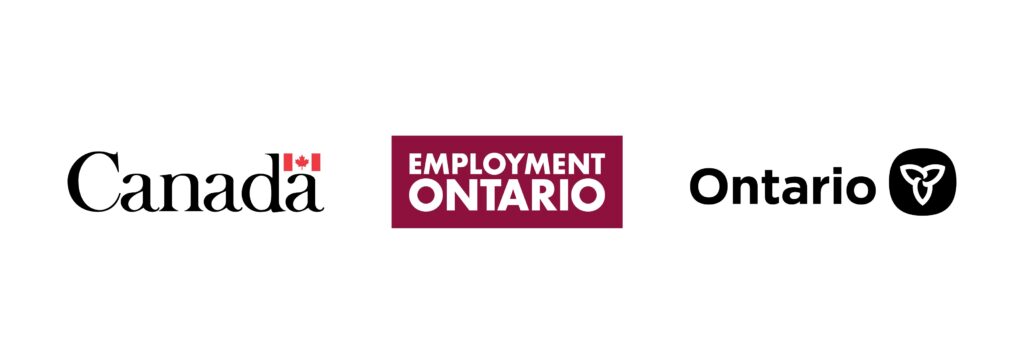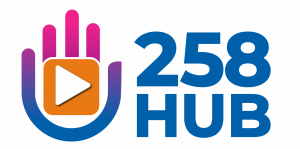

Once Upon A Time..

ALSO is a small program that have been serving the Ottawa community for over 40 years providing adult upgrading and family literacy support.
It supports adults and families to get a job, keep a job, prepare for education or training and to support their childrens’ successful transition to full time child care or school. Reading and Parents Program (RAPP) was part of this support until ALSO took over Deaf Adult Literacy program (funded by the Ministry of Labour, Training and Skills Development).
ASL RAPP was developed in consultation with members of the Ottawa Deaf community, the ALSO staff team and the Shared Reading Project (Laurent Clerc National Deaf Education Center). In 2025, ALSO transferred ASL RAPP to Silent Voice Canada to maintain as a resource for parents and families with members of the Deaf community.
Silent Voice Canada is now supporting ASL RAPP to better serve Deaf adults, youth, children, infants, and their families in an American Sign Language (ASL) environment.
Founded in 1975, Silent Voice Canada has a long history of providing accessible services that remove barriers, enhance communication, promote inclusion, and increase knowledge. Silent Voice is dedicated to improving communication and relationships between Deaf and hearing individuals in families and in the community by:
Addressing barriers faced by Deaf adults and parents engaging Deaf children and youth, and making peer, mentor, and community connections bringing ASL home through Family and Community ASL education, bringing families together, and developing barrier-free resources.
Silent Voice is committed to promoting equity, diversity, anti-oppression, and fostering a sense of belonging. Services are client- and family-centred and informed.
We thank ALSO for this honour and look forward to sharing this resource with you.
ALSO’s Deaf Family Literacy Project – ASL Reading and Parents Program (ASL RAPP)
ASL RAPP provides evidence based language learning tools and resources. It promotes language learning by building the skills of both the parent and the child. We work with Deaf and hard of hearing children (1-7 years) and their parents. ASL RAPP provides parents with the tools to support the ASL language development of their Deaf or hard of hearing children as well as themselves.
ASL RAPP aims to increase family connections and family communication; it allows parents to learn with their child at home; it gives parents the tools they need to support their child’s language learning as well as their own.
The Ministry of Labour, Training and Skills Development asked ALSO to take over the Deaf Stream Adult Literacy Program when the Ottawa Deaf Centre closed. We worked hard to make that a smooth transition. After our first year we noticed a gap in the Deaf community in terms of family literacy support. The ALSO staff team connected with the Shared Reading Project staff team at the Laurent Clerc National Deaf Education Centre in Washington. We attended their Site Coordinator training, spent a year doing more research and community consultation and applied for funding to develop ASL RAPP.
Our goal is to encourage and support the development of strong family communication as well as parent-child connection.
When we started ASL RAPP, we offered in person groups. Here are some of our results from the ASL RAPP groups we have offered over the first 3 years.
90% of parents indicate that they and their children enjoyed participating in the program.
80% of parents indicate increased confidence in supporting their child’s language development at home.
90% of parents indicate they learned something new about supporting their child’s learning.
80% of parents indicate that they communicate more with their child after having participated in the program.
The parents who participated in ASL RAPP have felt supported and encouraged. ASL RAPP opens a door for them to develop their ASL language skills so that they can better communicate with their child and can better support their child’s learning.
Each of our ASL Storytellers is Deaf and are signers who use American Sign Language. Some of them are teachers at ALSO. One of them teaches at Carleton University in Ottawa. A couple of them are ALSO students. Our goal is to showcase Deaf people in our community, to highlight their successes and the things that bring them joy.

Vision
A world where parents of Deaf children can fully connect with and support their children through ASL as a common language.

Mission
Equip and empower parents of Deaf children with the support and tools they need to connect and communicate with their child through ASL.
Our Beliefs
The right of all individuals to access language in their mother tongue
The power of parents and family.
Start early.
Don’t wait and see.
Access to basic learning tools should not be cost prohibitive.
Parents have the right to be informed about language with no pressure or bias.
Program Pillars
This is the bologna in our sandwich, the cheese on our cracker, the jam on our toast; the key ingredients for ASL RAPP.
- Every child can learn. Every parent can learn.
- All children communicate. It’s up to parents and professionals to figure out how and what a child is communicating and build on that skill.
- Each child is unique. Be willing to let the child teach and lead you.
- Blending of methodologies and technologies is often required. Be flexible and open to different methods and modes of communication.
- Children acquire language through interaction.
- Development of communication takes time and patience.
- Development of communication takes time and patience.
- Children need to develop effective social skills. It is through language that children develop social, emotional and cognitive abilities that are critical to timely development in all developmental areas.
- Families are critical for success. Parents are a child’s first and most important teachers.
- Cross disciplinary professionals must work together effectively.
Jones, T.W., Jones, J. K., & Wing, K.M. (2006). Students with multiple disabilities. In D. F. Moores & D.S. Martin (Eds.), Deaf learners: Developments in curriculum and instruction (pp. 127-143). Washington, DC” Gallaudet University Press.
Hands & Voices. www.handsandvoices.org. Communication Considerations A-Z
American Sign Language Reading and Parents Program (ASL RAPP)
ALSO adopted the Reading and Parents Program (RAPP) from Kingston Literacy over 20 years ago. We offered RAPP to low income and vulnerable families in the Ottawa area by partnering with Community Resource Centers and various family outreach programs.
Many of the Early Years initiatives focus on the child, offering support and resources for young children. RAPP focuses on the parent. Parents are a child’s first and most important teachers. RAPP builds the parents’ skill and knowledge so that they are better able to support their child’s learning at home. Our aim is to foster family communication and add strength to the parent-child relationship. Children are spending the majority of their time at home with their parents. RAPP invests time and resources in the parent, positively impacting the learning context in the home.
When the Ottawa Deaf Centre closed, ALSO was asked to take over the Deaf Adult Literacy program (funded by the Ministry of Labour, Training and Skills Development). We soon noticed a gap in terms of family literacy support for the Deaf community. We consulted with the Laurent Clerc National Deaf Education Centre to learn more about working with parents and Deaf children. ASL RAPP was developed in consultation with members of the Deaf community in Ottawa, the ALSO staff team and the Shared Reading Project (Laurent Clerc National Deaf Education Center). In those early days we were funded by the Ontario Trillium Foundation, the Ottawa Community Foundation, and the Ottawa Deaf Centre Legacy Fund. We are very grateful for their support.
A message from our Executive Director
“Parents and children need a shared language. One of the parents I know told me about how her son, Robbie, takes off the head piece of his cochlear implant when he doesn’t want to listen to her. One time he hid it and it took a couple of days to find it. Without ASL they would not have been able to communicate. Imagine all that parents and children miss out on if they aren’t able to share their dreams, fears, hopes, and experiences with each other. Our hope is that ASL RAPP will support ASL and English language learning in homes with hearing parents and Deaf children.”
– Kim Oastler
Our Donors
Ottawa Deaf Centre Legacy Fund
The Crabtree Foundation



